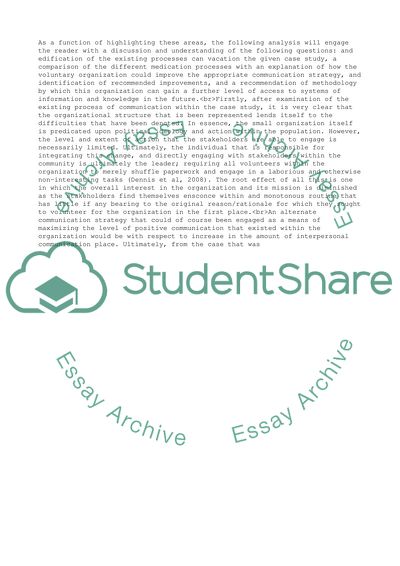Cite this document
(Managing Communication, Knowledge and Information Essay Example | Topics and Well Written Essays - 1500 words - 1, n.d.)
Managing Communication, Knowledge and Information Essay Example | Topics and Well Written Essays - 1500 words - 1. https://studentshare.org/management/1806702-managing-communication-knowledge-and-information
Managing Communication, Knowledge and Information Essay Example | Topics and Well Written Essays - 1500 words - 1. https://studentshare.org/management/1806702-managing-communication-knowledge-and-information
(Managing Communication, Knowledge and Information Essay Example | Topics and Well Written Essays - 1500 Words - 1)
Managing Communication, Knowledge and Information Essay Example | Topics and Well Written Essays - 1500 Words - 1. https://studentshare.org/management/1806702-managing-communication-knowledge-and-information.
Managing Communication, Knowledge and Information Essay Example | Topics and Well Written Essays - 1500 Words - 1. https://studentshare.org/management/1806702-managing-communication-knowledge-and-information.
“Managing Communication, Knowledge and Information Essay Example | Topics and Well Written Essays - 1500 Words - 1”. https://studentshare.org/management/1806702-managing-communication-knowledge-and-information.


